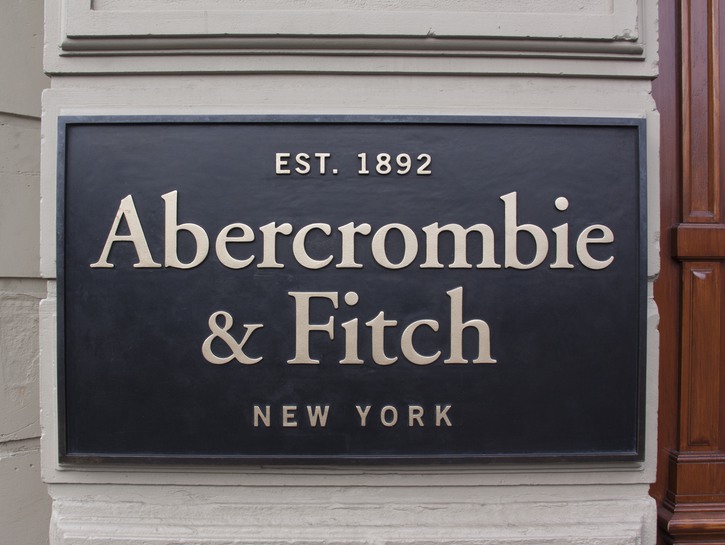It doesn’t seem that long ago that Abercrombie & Fitch was under fire for its notoriously exclusive and body-shaming brand strategies.
In 2006, former CEO Mike Jeffries told Salon, “In every school there are the cool and popular kids, and then there are the not-so-cool kids. We go after the cool kids.”/
“A lot of people don’t belong [in our clothes], and they can’t belong,” he continued. “Are we exclusionary? Absolutely. Those companies that are in trouble are trying to target everybody: young, old, fat, skinny. But then you become totally vanilla. You don’t alienate anybody, but you don’t excite anybody, either.”
Clearly sticking to their fatphobic ways, the retailer received major backlash in 2013 after Business Insider article reported that they didn’t carry women’s XL or XXL sizes.
Now, it’s a new decade and Abercrombie & Fitch is under new leadership. Since 2017, CEO Fran Horowitz has steered the company in a new, more accessible direction. Recently, the brand launched “Face Your Fierce,” their most inclusive ad campaign to date.
Rooted in the spirit “body positivity” and “LGBTQ+ equality,” the ad campaign abandons the sexy, cool kid aesthetic for more diverse and realistic body types. Abercrombie & Fitch’s head of creative, Joanna Ewing, told the New York Post, “We’re moving towards a world of belonging, rather than fitting in.”
The campaign features plus-size models, activists, athletes, and artists to represent the brand in a whole new light. You may even recognize a few faces wearing Abercrombie’s classic cable knit sweaters in the campaign––soccer player and World Cup champion Megan Rapinoe, Paralympic athlete Scout Bassett, Olympic skier Gus Kenworthy, and LA Lakers basketball player Kyle Kuzma are all featured.
Although I’m personally interested to see what the future holds for Abercrombie & Fitch, I am a bit skeptical about their intentions. As someone who was a chubby, preteen girl during the time of Jeffries’ Salon interview, I remember all too well what it was like not being cool or popular or thin enough to wear Abercrombie & Fitch.
Is this just another example of a brand glomming onto trendy social justice campaigns for extra clout without doing any real activism? Is this Abercrombie & Fitch’s last ditch effort to save the brand before they have to close even more brick and mortar stores? It’s hard to say. But hey, at least you can walk into their stores now without choking on perfume.
